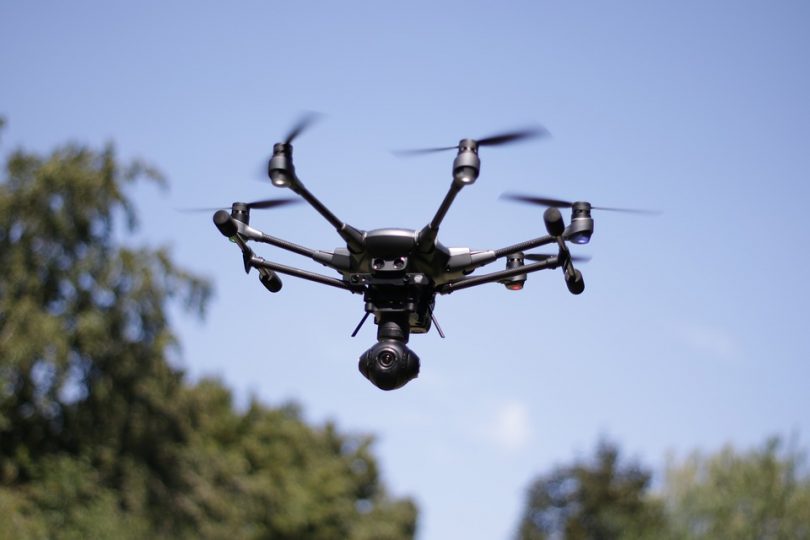Drones aren’t exactly the first thing that comes to mind when you think of a cannabis grow. However, the flying devices are starting to catch on in the cannabis industry, streamlining operations on several levels throughout their cycle.
Lots of Data
Drones offer a bird’s-eye view which reveals the big picture of a cannabis farmwith all its details, patterns, and valuable data.
Drones can spot microclimates within their fields that would favor certain cultivars over others; isolate areas that are subjected to heavier pest attacks; identify diseases, even in their infancy and in the context of the entire field; find leaks and dead spots that don’t get enough irrigation; and more.
Even prior to planting crops, farmers can use drones with special cameras and sensors to analyze soil and form an optimal, detailed strategy as opposed to making broad-brush decisions.
Precision
Drones should not be mistaken for glorified farming helicopters or planes. The latter are very one-dimensional compared to drones because of their lack of sensors. Drones can reach tricky spots, fly closer to plants, and spray them with much more precision. It’s like comparing a flexible hose to a fixed sprinkler.
In the same line of thought, drones can adjust to the exact height of the plants and fluctuations in the terrain which are otherwise major obstacles to efficiency and precision.
Automation
Drones also bring a major element of automation to cannabis grows, which as we know from other industries, has the potential to streamline and even revolutionize operations.
Drones can follow pre-set routes, spraying assigned sections with water, nutrients, and pesticides, and return to their starting point to refill. They can even re-seed areas where the initial seeds haven’t taken.
Gentle on the Soil
Hands-on farming isn’t always gentle. Certain areas are difficult to reach, crops get trampled, the soil gets compressed. Drones are a non-intrusive alternative, breezing over the crops and doing their business from a distance while still getting close enough to be accurate, thanks to their sensors. In that sense, they are the happy medium between helicopters and people.
Pest Management
Some drones are reminiscent of sci-fi dystopian robocops, and that’s precisely what you sometimes need to protect your crops without pesticides.
For example, PATS Indoor Drone Solutions have developed a system which involves stations that scan areas for flying intruders, and a mini-drone that is dispatched to seek and destroy such intruders by way of suction.
Carbon Reduction and Cost-Efficiency
Compared to the energy-heavy resources that farming generally relies on, drones are an easy breath of fresh air, for both your pocket and the environment. This is usually a natural result when you combine automation, precision, and data.
Granted, drones require some initial investments, but they should more they pay for themselves in the long run, not to mention make farmers’ lives and labor easier from a strictly physical standpoint.
Laws
Drones have a lot to offer to cannabis farmers, but it’s important to remember that like cannabis regulations in and of themselves, the laws surrounding drones are dicey. The two together can make for a complicated legal equation, so be sure to know how to solve it before making a major investment.
Image Credit: WEBAGENTUR-MEERBUSCH/Pixabay








